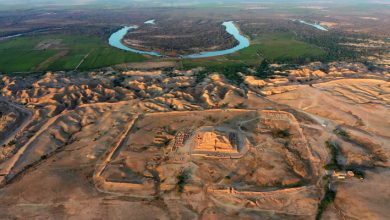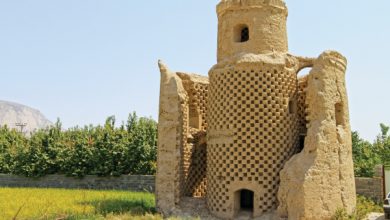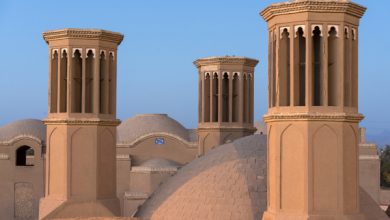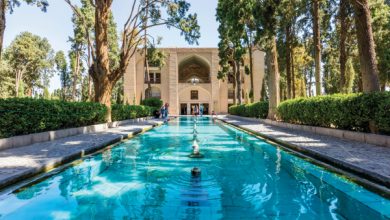
Author: Davoud Asadollah-Vash
/ Translated by: Mahdiyeh Mohammadi/ Photo by: OPIS Zagreb
Architectural monuments are interwoven with every aspect of human life including rituals, religion, and daily routines. Buildings, as the manifestations of life, have always been the centre of attention. On the other hand, aesthetics and giving meaning to monuments has led residents to decorate them, to make life more desirable. Over thousands of years, we can see a variety of decorative elements on ancient monuments, not merely ornamental, but also depicting beliefs and rites.
The most elaborate stucco work in Iranian architecture is found in the monuments dating back to the Sassanid era (224–651 CE). The development in processing gypsum led to the excessive use of this material as mortar and also as a decorative layer in palaces and temples, by cutting and carving the layers into different shapes and patterns.
Stucco work once again became the main decorative element during the Ilkhanid period, and a lot of precious and artistic works were created. In this period, the artists added colours to enhance the stucco which resulted in an expansion of variations in the dominant decorative styles.
The Qajar dynasty increased Iran’s foreign relations with European countries, and this influenced the taste and techniques of architectural approaches in Iran. As decoration, stucco work was greatly influenced by the architecture of Europe, both in motifs were and techniques.
Next time that you step foot in a historical monument, remember that the art presented in front of your eyes is the result of centuries. There have been great artists throughout the course of history in every region and city and the result of their restless efforts and creativity are left to us as fragments of culture and history. All of these architectural styles in the form of magnificent monuments are significant parts of our ancient beliefs and culture.
Find more on:
http://gilgameshmag.com/en/product/autumn-issue-2020/



